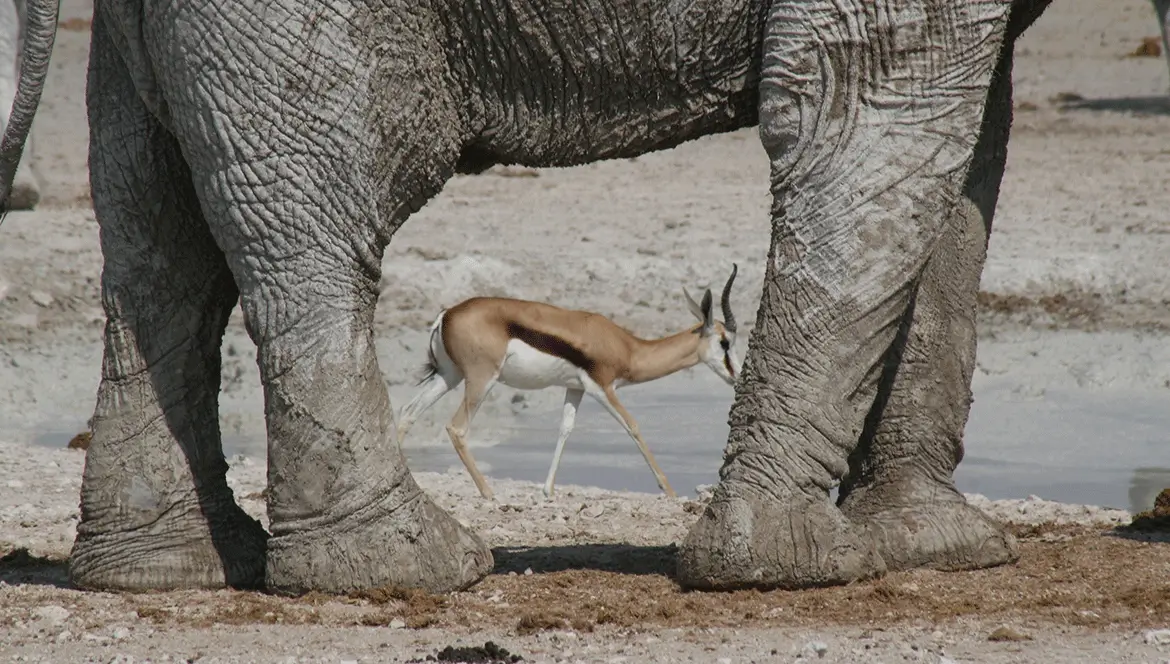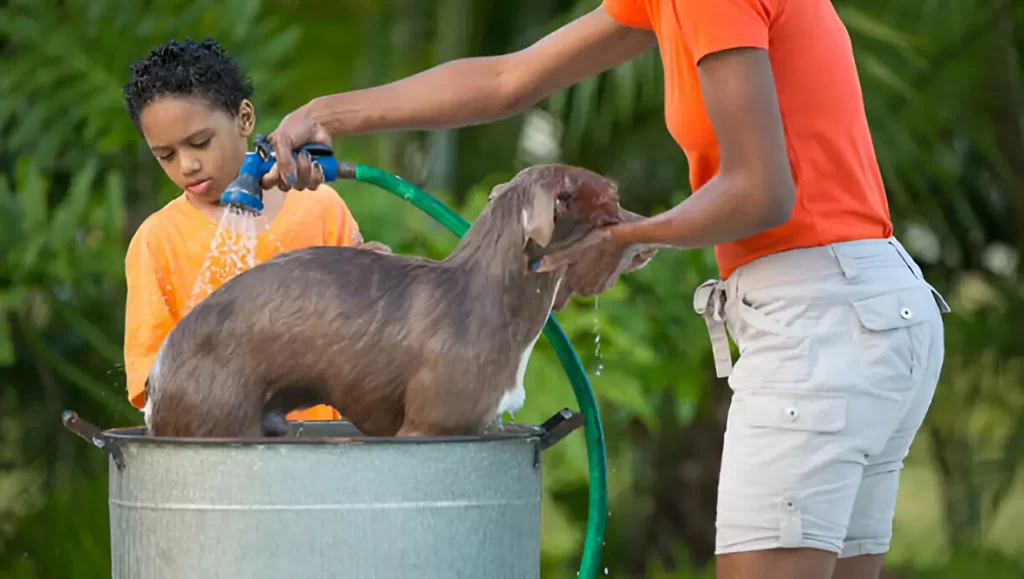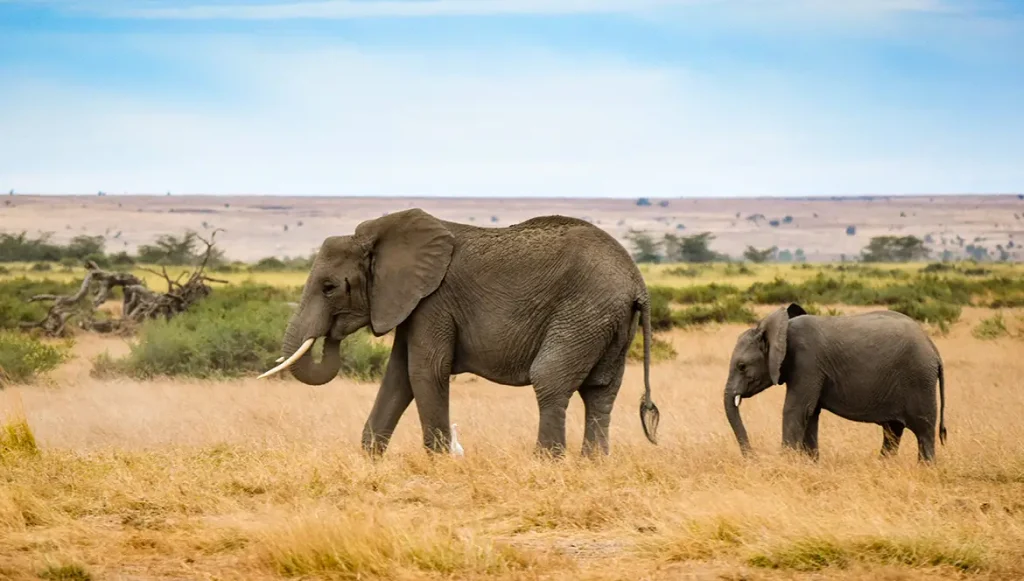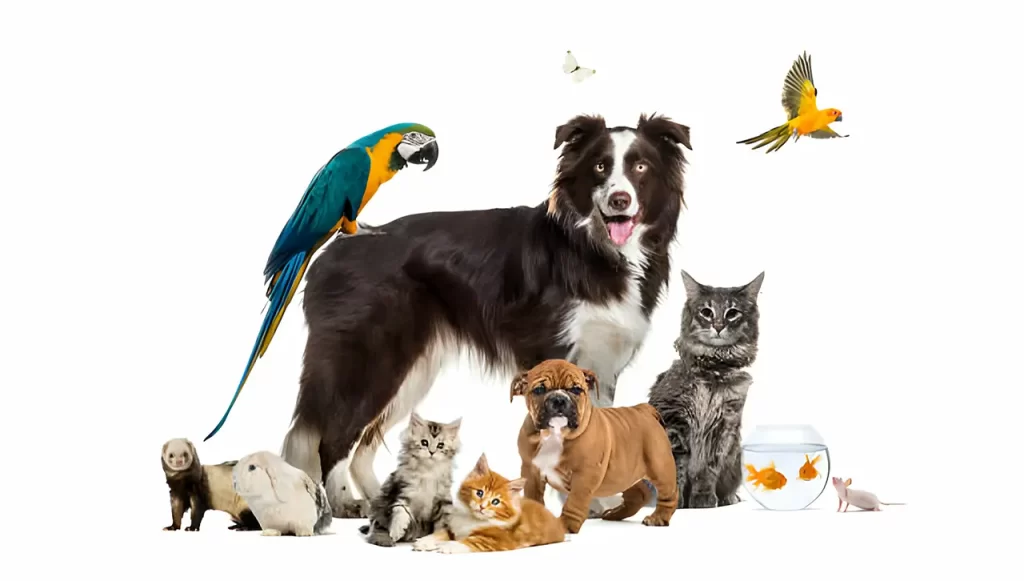The latest development on the local animal welfare landscape, for which there has been very little media coverage, has been the reclassification of 33 species of wildlife as farm animals. The development took place in May this year, when the South African government approved a brief amendment to the Animal Improvement Act (AIA).
The AIA governs livestock breeding and allows:
• artificial insemination;
• the collection of semen and embryos;
• the transfer of embryos and genetic material; and
• the collection, evaluation, processing, packing and selling of such material.
While it is understandable that an act like this would be put in place to allow licensed breeders of farm animals to “increase production or performance” – especially in the case of “genetically superior” livestock – it is unlikely that anyone envisaged it being extended to include wild, endangered or iconic species, when the act was promulgated back in 1998.
Although a media statement from the Department of Environmental Management (DEFF) has made it clear that “any person who carries out a restricted activity (such as the keeping, breeding, selling or transporting of an animal of a listed, threatened or protected species) must still comply with the provisions of the National Environmental Management: Biodiversity Act (NEMBA) and its associated Threatened or Protected Species (TOPS) Regulations”, NEMBA appears to offer minimal protection against wild animal exploitation.
While animals listed under the AIA amendment (see SIDEBAR 1) are still subject to the requirements of NEMBA and provincial conservation legislation, the act deals predominantly with the “licensing of commercial use of listed or threatened species”; it has no provision for the welfare of individual animals.
“The inclusion of species – such as white and black rhinoceros, lion and cheetah – in the amended AIA list by no means removes these animals from the jurisdiction of DEFF. It is a punishable offence if a person does not comply with the requirements of NEMBA and provincial conservation legislation”, the DEFF statement concludes.
While the Department of Agriculture has said that this development was required “due to changing farming systems in South Africa, [where] game animals … are already part of farm animal production systems in the country” – the “improvement” of species carries huge risks for wild animals. In fact, studies have shown that manipulated breeds are often unable to make it in the wild.
NO “YES” VOTES FORTHCOMING
Media statements from both the National Council of Societies for the Prevention of Cruelty to Animals (NSPCA) and SA Hunters oppose the act’s amendment.
Manager of the NSPCA’s wildlife trade and trafficking portfolio, Karen Trendler, has expressed concern about these breeds suffering “increased occurrence of disease and [the] increased need for routine use of antibiotics, growth promotants and vaccinations”. The cruel practice of withdrawing young shortly after birth and the vicious breeding cycle females are then forced into is another major bugbear of hers.
Additionally, Trendler has commented on wildlife welfare “falling through the cracks” when regulations like this get formulated “without having to go through stakeholder or public consultation processes”.
From a conservation perspective, Lizanne Nel, conservation manager at SA Hunters, has cautioned against breeding practices which include genetic manipulation and cross-breeding of wildlife because these are strongly in conflict with existing biodiversity conservation legislation that “protect indigenous wildlife and maintain the genetic integrity of wildlife species for future generations”.
She has commented: “How the same government could allow listing of some wildlife species, including some that are threatened, with domestic stock for genetic manipulation is just beyond comprehension. The intention of the AIA is predominantly to enhance animal species through breeding practices for improved food production. This practice certainly cannot be argued to be beneficial for threatened species.”
“Our government is missing the plot on this and the consequences will be dire for both the public and our wild animals,” says Tozie Zokufa, director – Regional Coordination for the Coalition of African Animal Welfare Organisations. “Economics should not be the only tool used to manage our wildlife. We call for further engagements on this matter.”
SIDEBAR 1: ARE YOU IN AGREEMENT WITH THE AIA AMENDMENT?
It reclassifies the following as farm animals: Cape buffalos, mountain zebras, lions, giraffe, white and black rhinos, cheetahs, plains game, ankole cattle, water buffaloes, Tankwa and veld goats, bulldogs, keeshonds, pugs and rottweilers.
SIDEBAR 2: KEY FACTS ON LIONS FROM FOURPAWS.ORG.ZA
• Only about 20 000 lions remain in the wild in Africa.
• Between 8 000 and 11 000 captive-bred lions are suffering in captivity in some 260 facilities across SA, marketed to tourists as lion interaction experiences.
• Fewer than 3 000 wild lions remain in the wild.
• Lions are a threatened species, listed as “vulnerable” by the International Union for the Conservation of Nature.
• While the Convention on International Trade in Endangered Species of Wild Fauna and Flora prohibits the trade of bones from wild lions, it does allow South Africa to export bones from captive ones. But: It is impossible to differentiate body parts from wild versus captive lions, so the legal export of captive lion bones facilitates the illegal export of wild lion bones.






